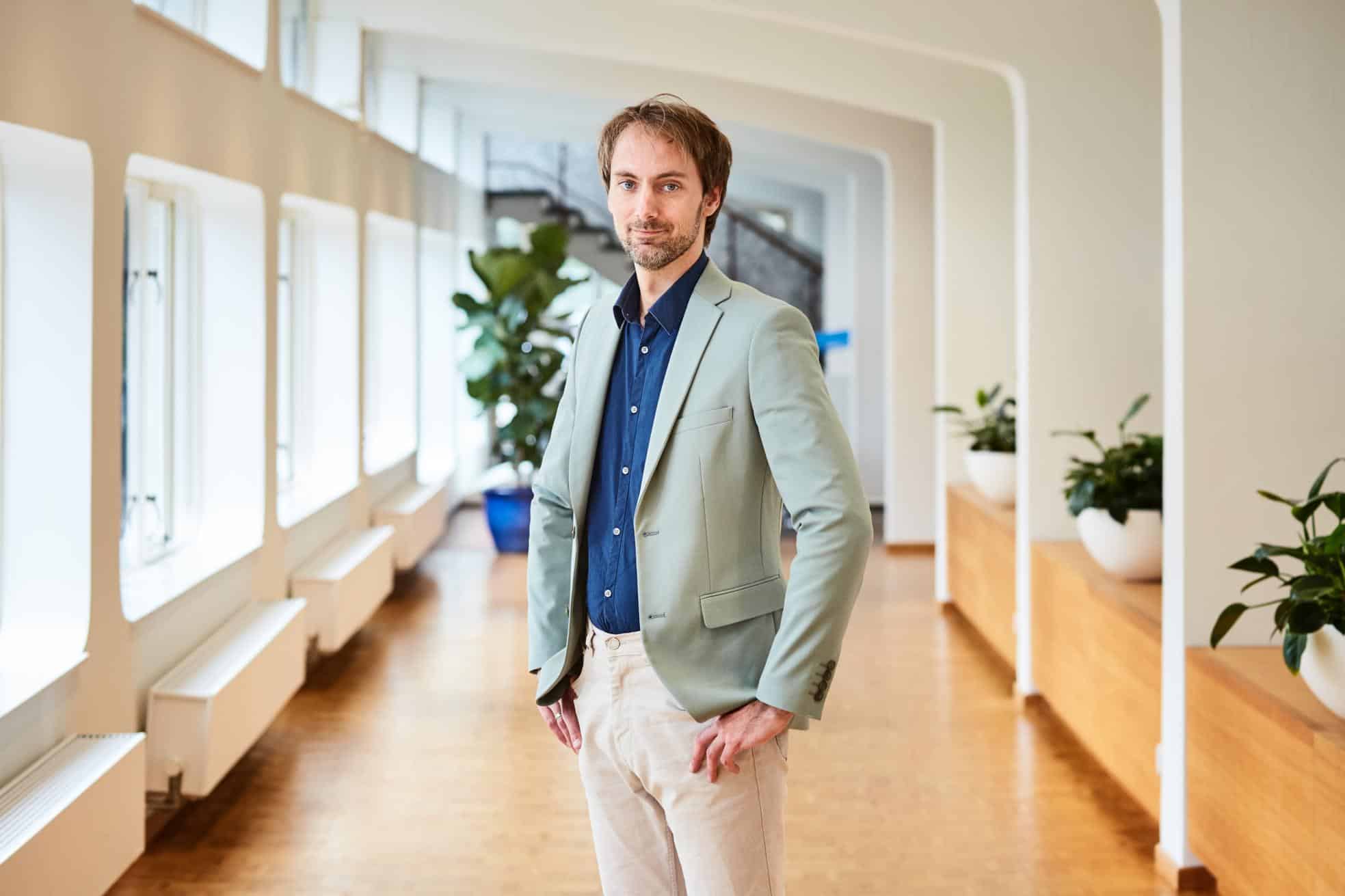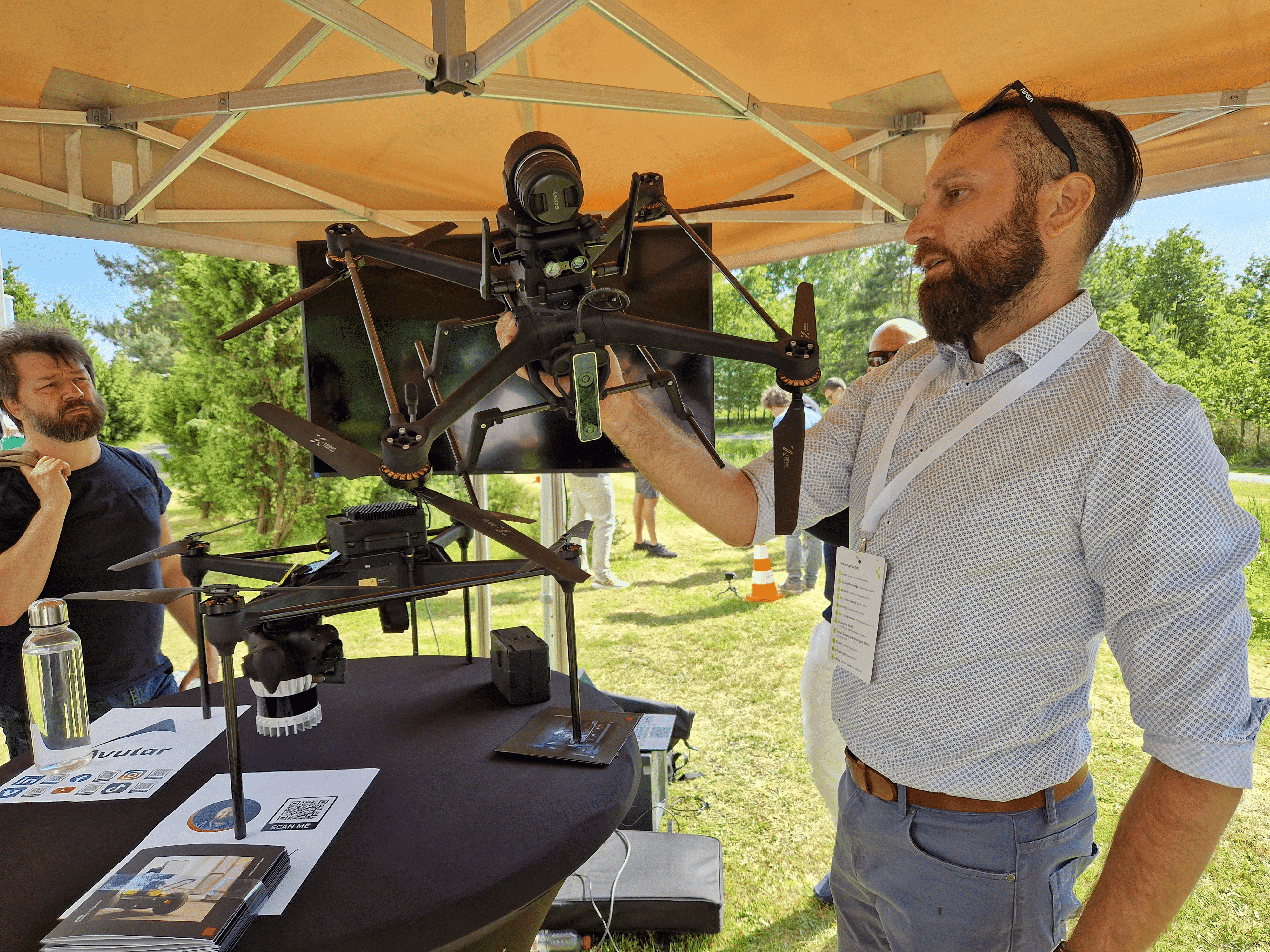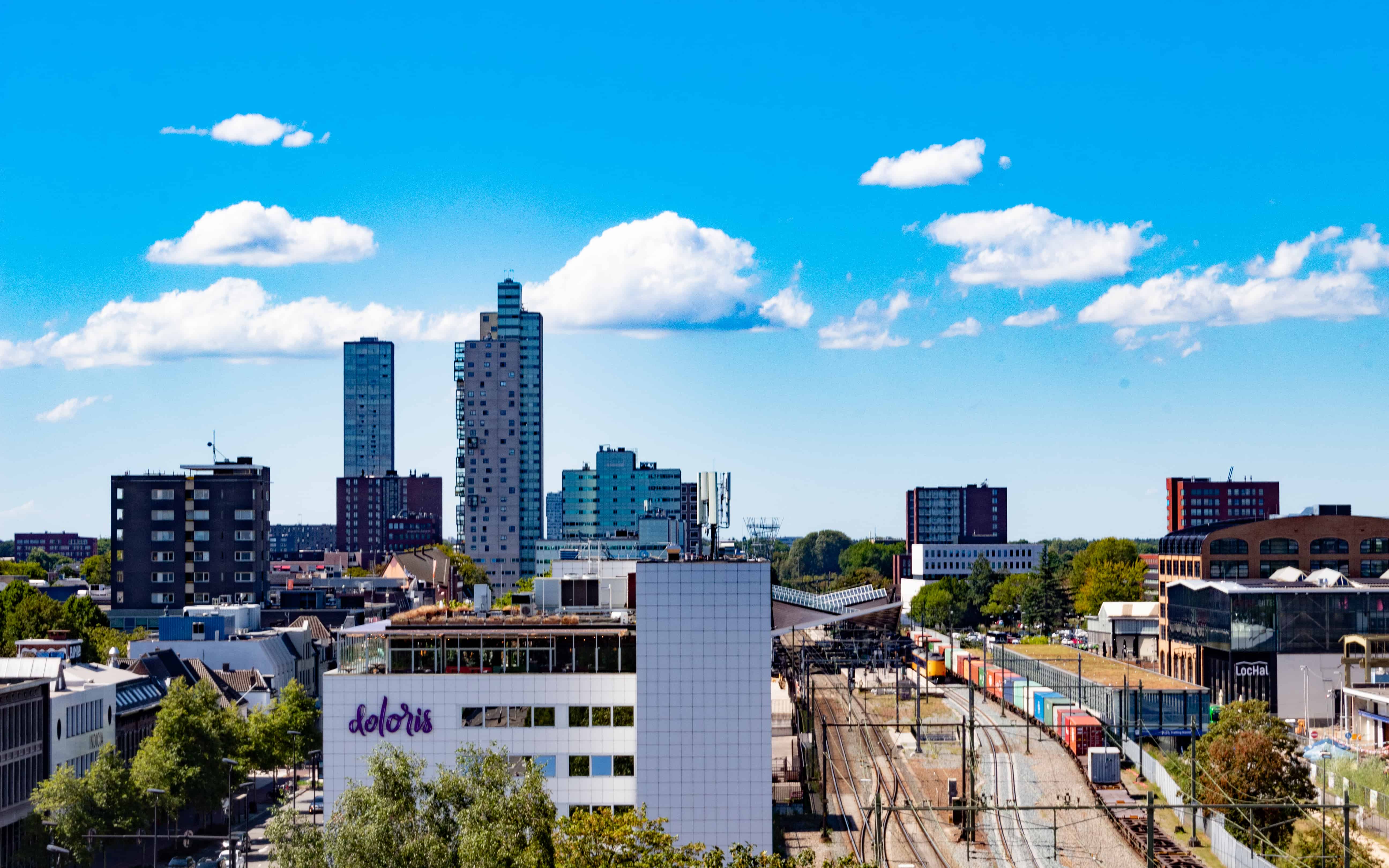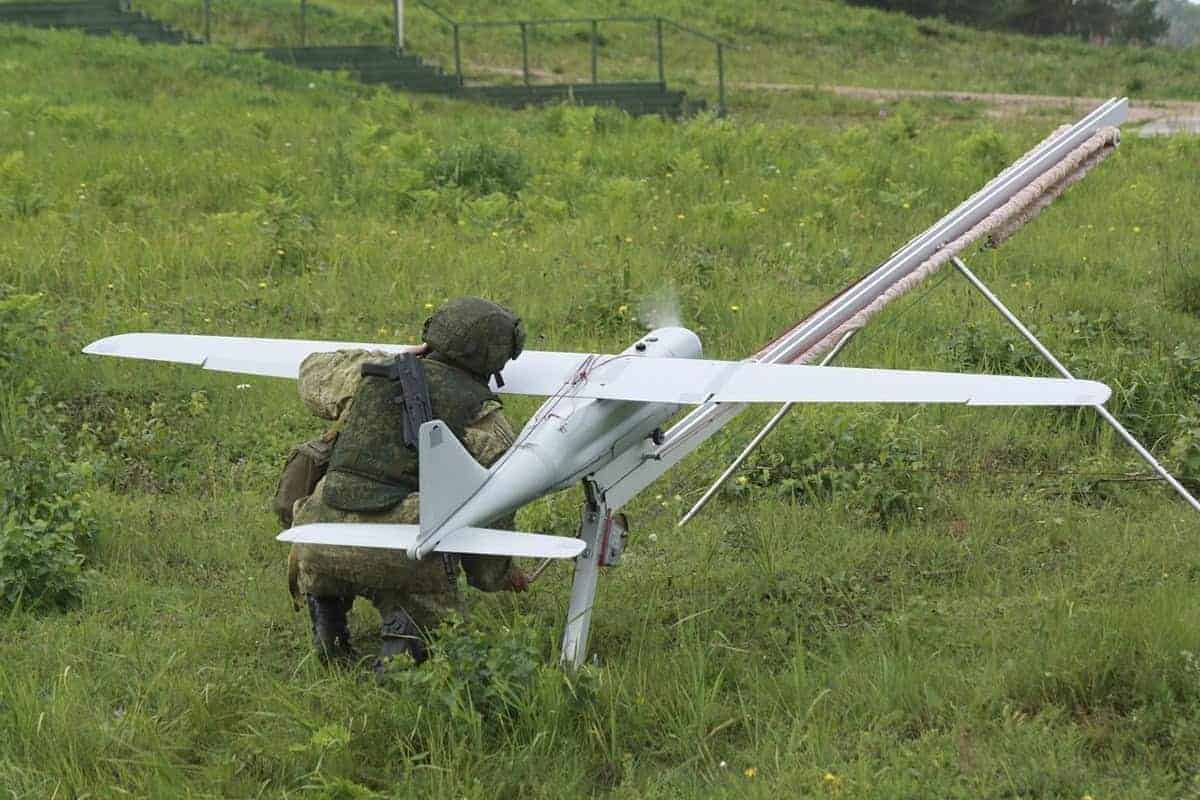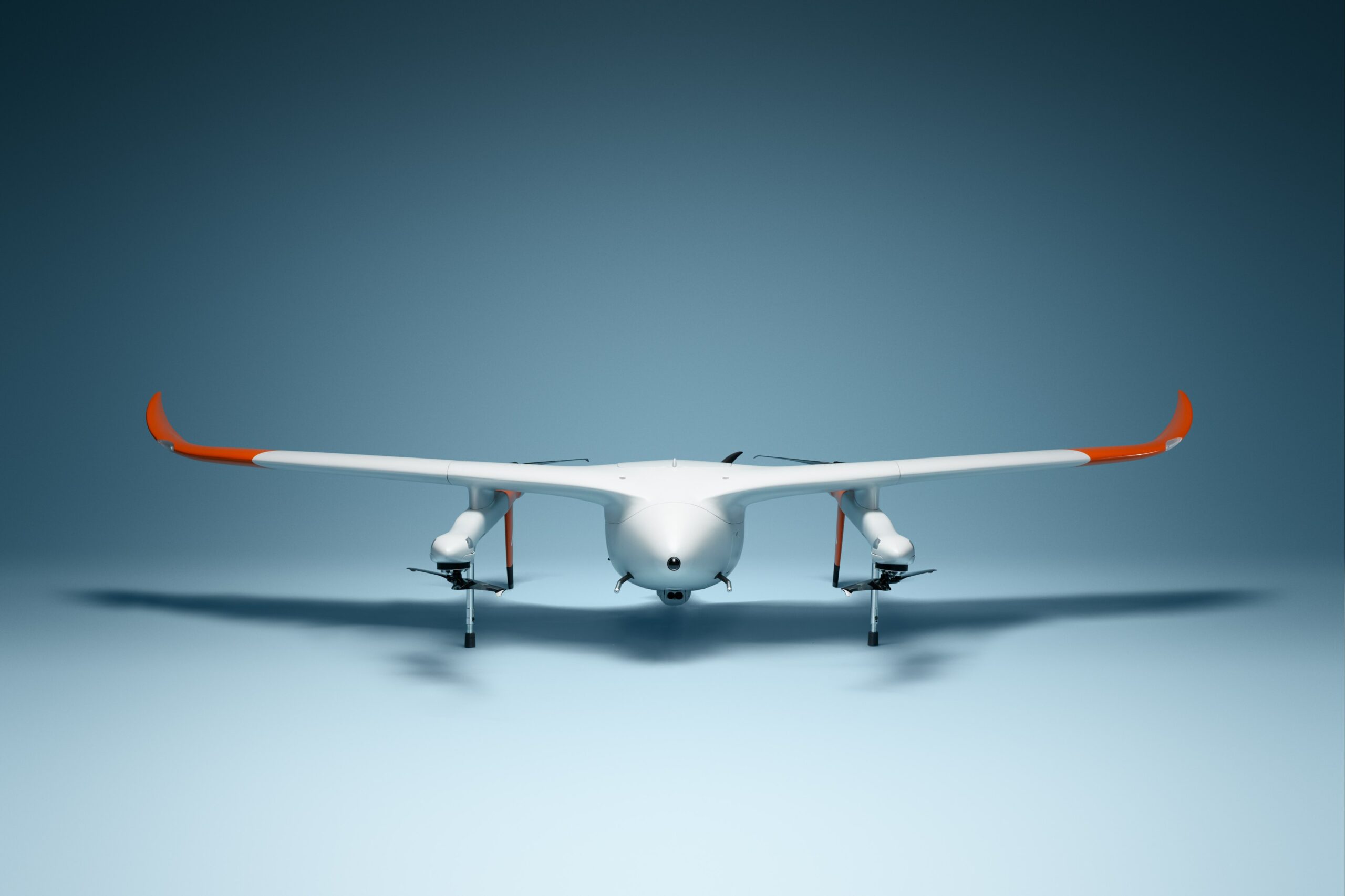
Just a few years ago, drone developers found themselves in a modern version of the Wild West, as no clear guidelines or regulations were in place. Meanwhile, drones have undergone a lot of development – including the materials – to such an extent that drones can save lives, and can do that in very many ways. By delivering medicines, by spotting a wildfire or a person in trouble at sea. Furthermore, they can now do it autonomously while keeping in touch with the closest emergency service stations.
Avy launched the concept of a Drone Response Network, including their autonomous Aera aircraft and its docking stations. The drones have vertical take-off and landing capabilities and can serve a variety of purposes, from transporting medicines to supporting emergency services during incidents.
Several companies joined Avy’s initiative – including the Port of Rotterdam, PostNL, and the Dutch blood bank Sanquin – to help the company develop its applications and make them fit for purpose.
“When we started the company, it was a bit of a Wild West country. There were no regulations, and the components available on the market weren’t good enough. Making this idea operational wasn’t easy, but we managed to do it,”founder, and Avy CEO Patrique Zaman told Innovation Origins.
After testing the system in different settings and with different applications, the company then announced that the first flights will take place next year.
A quickly-deployed smart eye
The Avy Aera is reminiscent of the design of a bigger airplane. Its wings are 2.4 meters wide, while the whole device is a meter and a half in length. The drone can fly for up to 100 kilometers when unloaded, and has a 3 kilograms payload capacity. The system communicates via a mobile network – 4G or 3G LTE.
Aera takes pictures and shoots videos using an RGB and a thermal camera. These features enable many more types of applications, such as spotting people in distress at sea or detecting wildfires.

The drone response network first needs to be alerted of the location and the type of mission it has to venture out on. After receiving this information, the aircraft takes off from the docking station. As it reaches the location, it communicates with the emergency services and provides an overview of the situation and more accurate coordinates of where the wildfire is or where the distressed person is.
“The two cameras can overlap each other, and they can be used in different situations. During the day, the visual camera performs better, as it can easily spot smoke columns. Whereas the heat camera is really useful at night”, Zaman explains.
Machine learning algorithms are also possible, as they can teach the drone how to recognize things.
Drones for good
When used for medical deliveries, the drone is equipped with the Avy Medikit. A passive cooling system in the aircraft’s hold keeps vaccines, blood, or any other kind of medication at the desired temperature level.
“The impact we can have is huge, as we can bring healthcare to places where it didn’t exist before,” Zaman claims. Avy tested its system in Africa, perfecting it and making it resistant to warmer environments.
“In those areas, transporting vaccines and blood is a priority, but outdoor temperatures are high. Therefore, we designed the aircraft to keep the cargo cool for 100 minutes in 40° C surroundings.”

One of the main tasks that the drone can perform has to do with childbirth, as mothers can lose a lot of blood during childbirth. Transporting medical fluids is not so easy, since the healthcare systems have limited infrastructure. That’s why assisting women in labor with blood deliveries by drone can – in addition to saving lives – have a broader impact.
“Helping them means increasing their chances of survival. The number of healthy young women then rises, and they can gain more prominent roles in their communities. In a way, their cultures become more progressive too,” Zaman points out.
Learnings from flying in Africa
Testing the technology in Africa also meant taking on more challenges. A major one was the lack of internet connections, which led Avy to incorporate satellite connection technology into the drone response network.
Zaman: “Besides the transmission and handover issues – flying in an area between two satellites – we do believe that the technology could be rolled out globally. Especially with the rise of new providers that make use of low orbital satellite systems – such as Starlink or Certus.”
Depending on how fast the connection is, Aera can send up to 4K resolution videos. When the signal is poor, it’s still able to send some pictures in sequence. “You always get some images,” Zaman adds.
Read about Pioneers looking for funding and alliances for electric aviation here
Flying in Africa might be easier due to less strict policies, but the scarcity of satellite data on higher altitudes was another challenge that they came across along the way. In that case, the Dutch company did the research into that itself and integrated all the information they gained into its system.
Blood transport
In Europe Avy’s drones can carry out medical emergency transports. In the Netherlands – like in many other western countries – blood samples are transported by road, sometimes even escorted by the police.
“These kinds of transports can be done by air”, states Zaman. Using drones for this purpose would optimize the services as it avoids traffic jams and any consequent delays. In addition to that, it has a positive impact on the CO2 footprint.
Perfecting and readapting
“The Aera is made of composite materials. The aircraft’s components that come under the most stress are made out of carbon fiber, while the rest is glass fiber-based”, Zaman goes on to explain.
Initially, the drone was developed with carbon fiber only. However, that material doesn’t let any radiation pass through. As a result, antennas had to be placed on the outside, which caused a lot of drag that lowered the aircraft’s efficiency. By combining these two materials, Avy struck a balance between rigidity and stability, boosting the device’s performance, and making it deployable in almost every scenario.

“If you can make a device that can make a flight, that’s great, but if you can make a drone that flies 24/7, that’s really an amazing effort. Then you have to start figuring out how to fly at night, how to communicate with an airport when flying close by, and so on. These aspects accounted for most of our work”, Zaman emphasizes.
In perfecting the system, Aera developed all the technology by itself, as the market did not offer the right kinds of materials and components. “Managing to build such a system entailed a bit of luck, but doing it ourselves did help us a lot. By not being dependent on anyone, we were able to redesign things really quickly. That was a huge help to us”, Zaman concludes.
Also interesting: Rome takes the lead in sustainable air mobility


